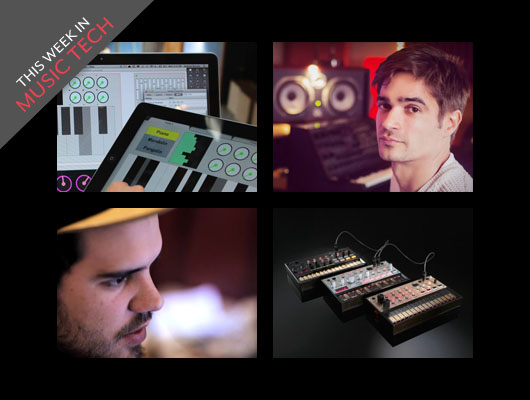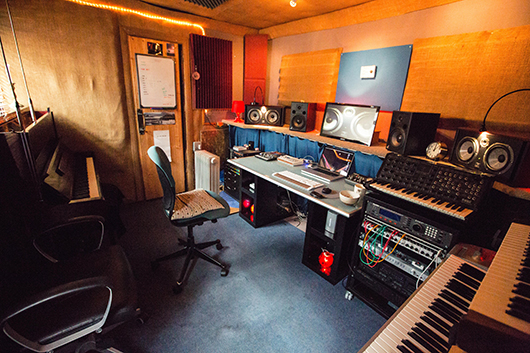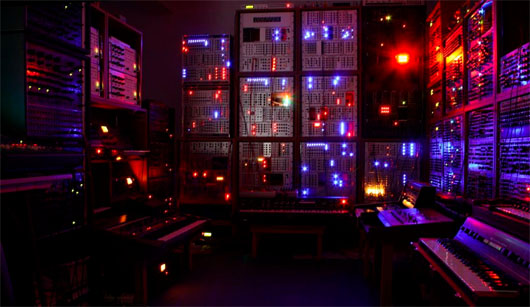This Week in Music Tech: Jon Hopkins’ Studio, Beat-Making with Artifact, Korg Volcas, Max’s Mira App, and More
It’s no real surprise that longstanding UK producer Jon Hopkins has a magical studio, one […]

It’s no real surprise that longstanding UK producer Jon Hopkins has a magical studio, one which he just so happened to give XLR8R a tour of earlier this week. We check in with Hopkins at his lab, watch Bristol’s Artifact make a beat live, peep detailed videos for Korg’s Volca series of analog groveboxes, check out the Mira iPad controller for Max/MSP, and gather other useful bits of gear-related news in the latest This Week in Music Tech.

Following the recent release of Jon Hopkins‘ XLR8R Pick’d Immunity LP, we paid the UK producer and his East London studio a visit to see just how the man puts together his hyper-detailed productions. Our full interview with Hopkins can be read here.
Bristol-based producer Artifact became the latest tunesmith to step up to FACT TV‘s Against the Clock challenge this week, building a sleek house tune in under 10 minutes while revealing many tricks of his trade in the process.
During the week, Korg detailed its imminent Volca series of mini-grooveboxes, having the units’ hardware designer and chief engineer, Tatsuya Takahashi, highlight the features of the Volca Beats, Bass, and Keys. The trio of videos detailing the functions of each $150, mostly analog piece of hardware can be watched above.
Cycling 74, the creators behind Max/MSP, have launched a new iPad app called Mira. The new application will give users of Max (and Max for Live) the ability to create customizable, modular control surfaces on their iPads, which can connect wirelessly to a running desktop or laptop and directly control various Max objects. Mira is available now on iTunes.
First released back in May, the Arpeggionome app has proven a useful tool to program unique arpeggio lines directly from ones for iPhone and iPad. From now through the weekend, the Arpeggionome app is being offered up for free, and can be downloaded for that extremely agreeable price directly from the iTunes store, here.
Even a few months after its release, we are still learning about new ways to use Ableton‘s Push controller. The video tutorial above demonstrates the ways in which the hardware unit can help make the electronic production workflow more seamless and interactive. In addition to this newly surfaced clip, Ableton CEO Gerhard Behles recently sat down with Resident Advisor to discuss the history of his pioneering software company and its plans and goals moving forward—all of which can be listened to in the lastest RA Exchange podcast, here.

The “analog vs. digital” debate seems like it has been around forever, and is not likely to be “settled” anytime soon. While every producer, gear connoisseur, and music nerd is bound to have his or her own stance on the matter, it seems we can agree that all concerned parties should be informed on the differences between the two types of sound production. For those who need an introduction or a refresher course to what the world of “analog” entails, a new in-depth look at what makes certain pieces of equipment actually analog—and how that dictates the sounds, responses, and control abilities of a particular piece of hardware—has surfaced, courtesy of the No Dough Music blog. The article can be read here.

